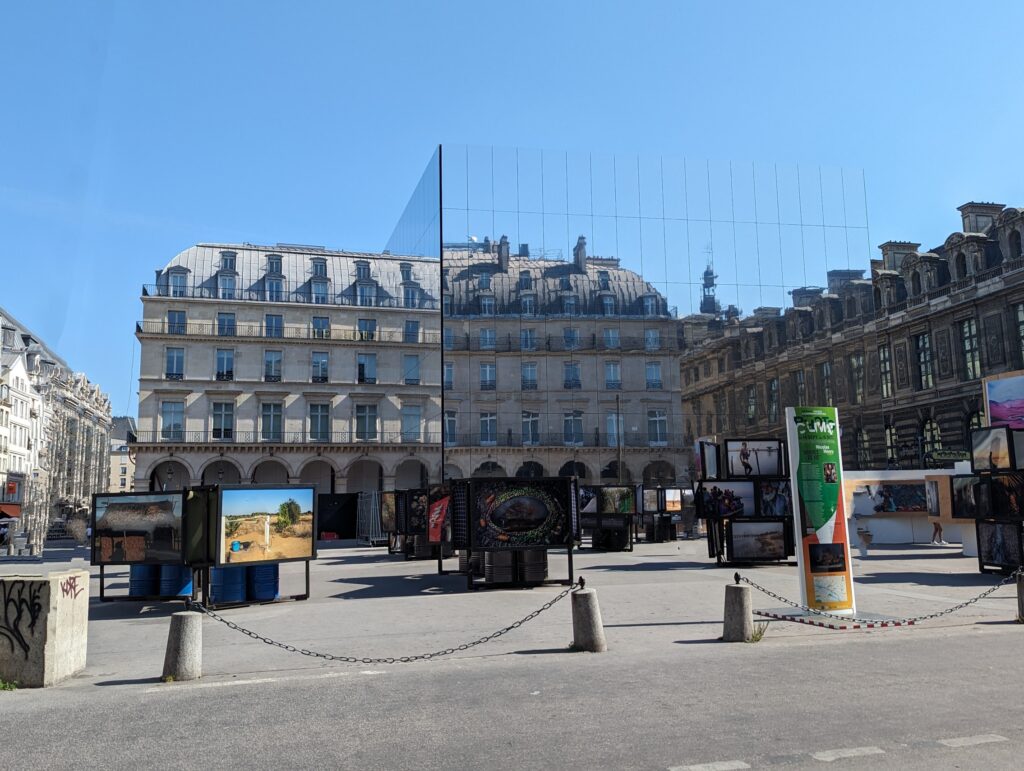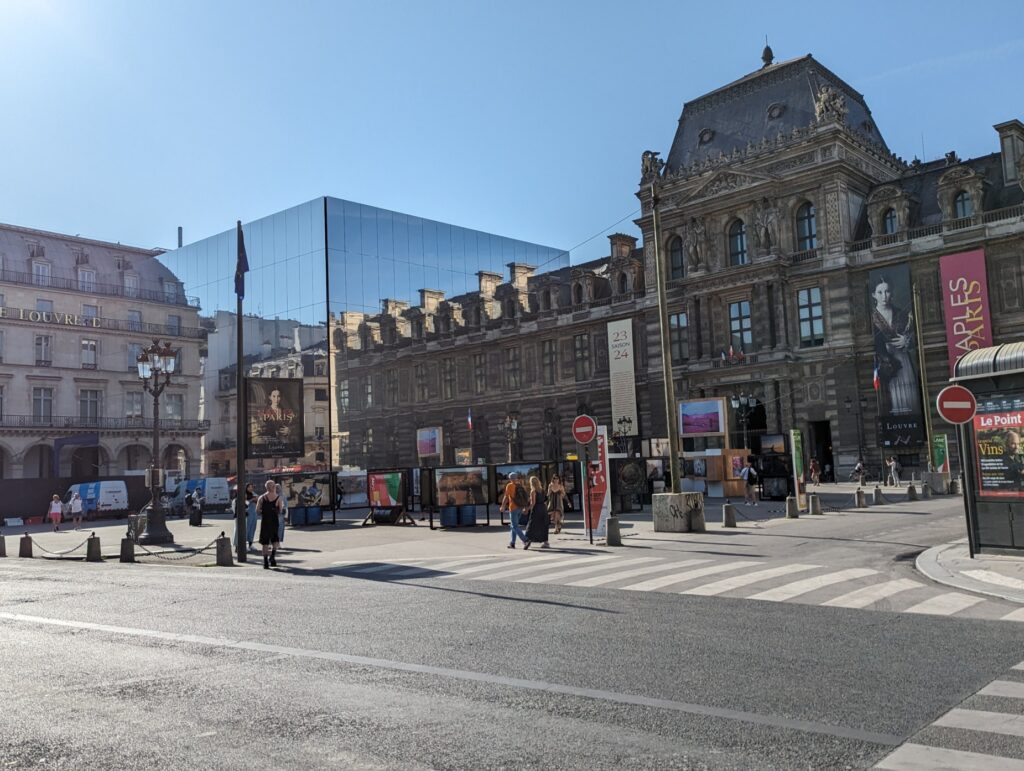Okay, maybe (just maybe) my husband and I watched too many episodes of the TV show “Resident Alien” before we set out on our trip to France, but bear with me here. There are pigeons that walk among us as humans. Somehow, they have managed the art of taking on human form. I don’t think that, like the resident alien Harry, they want to eliminate all humanity. To the contrary, judging from those still recognizable as pigeons, their goal is to devour all the croissants in France. Or perhaps even all the food of every kind.
They may think they’ve mastered the art of appearing human, but we have seen through their disguise. Just look at the feet. As the pigeons grow ready to take on human form, their feet get more and more red.
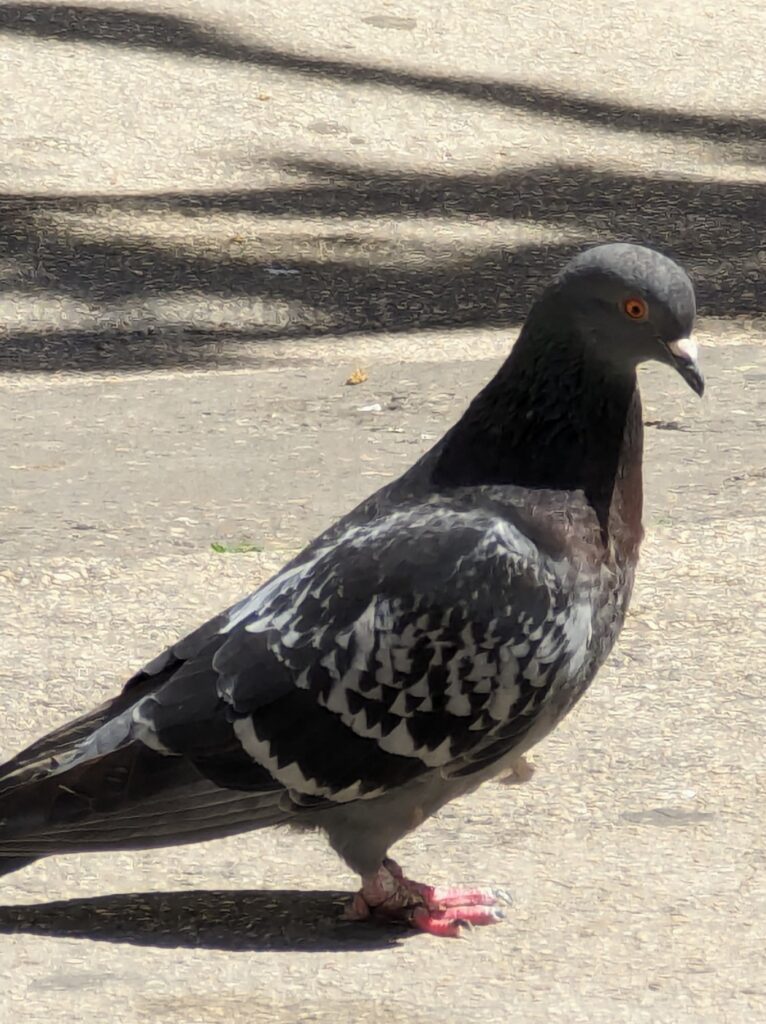

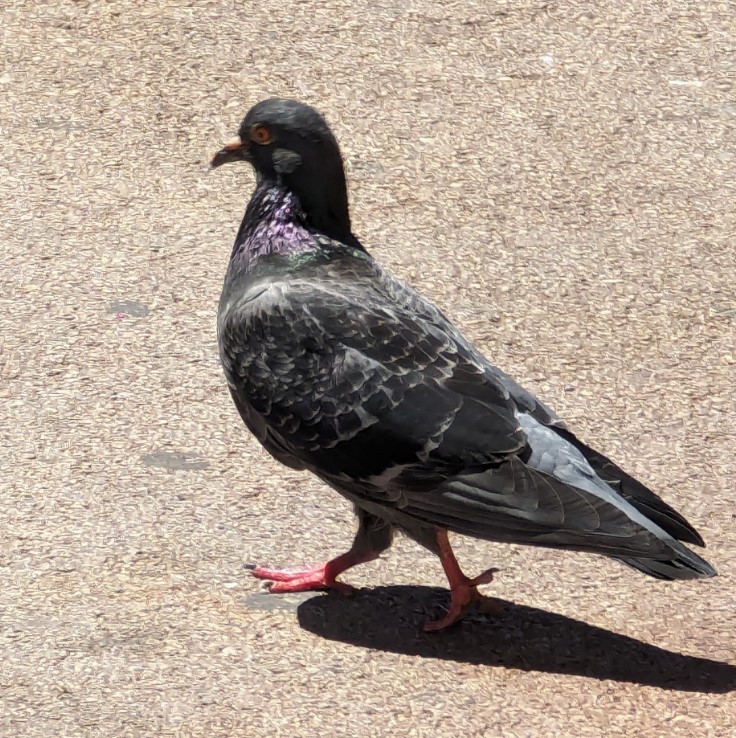
Those that are very red . . . well, they might just be seated at the table next to you at the café tomorrow morning, ordering croissants.
You can tell which so-called apparent “humans” are actually resident pigeons by looking at their feet. Still red! It’s a clear giveaway.
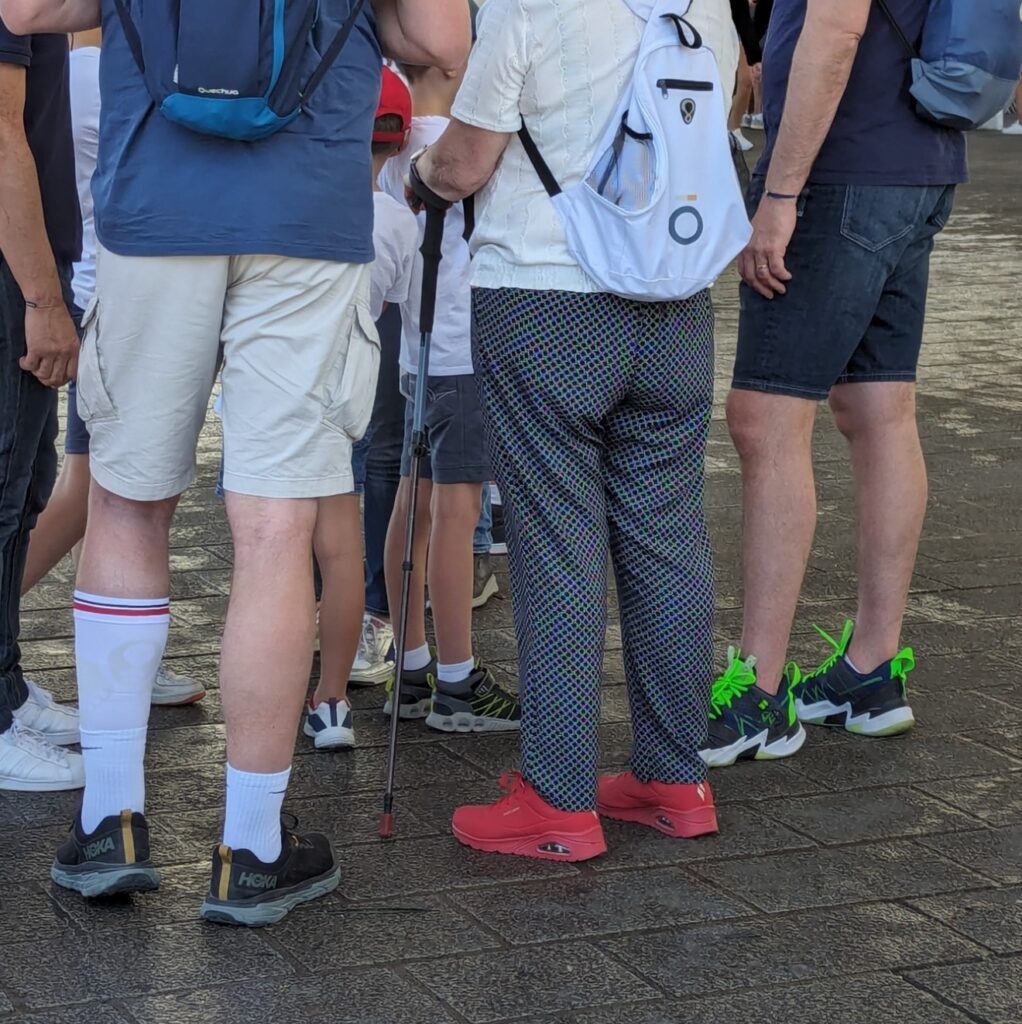
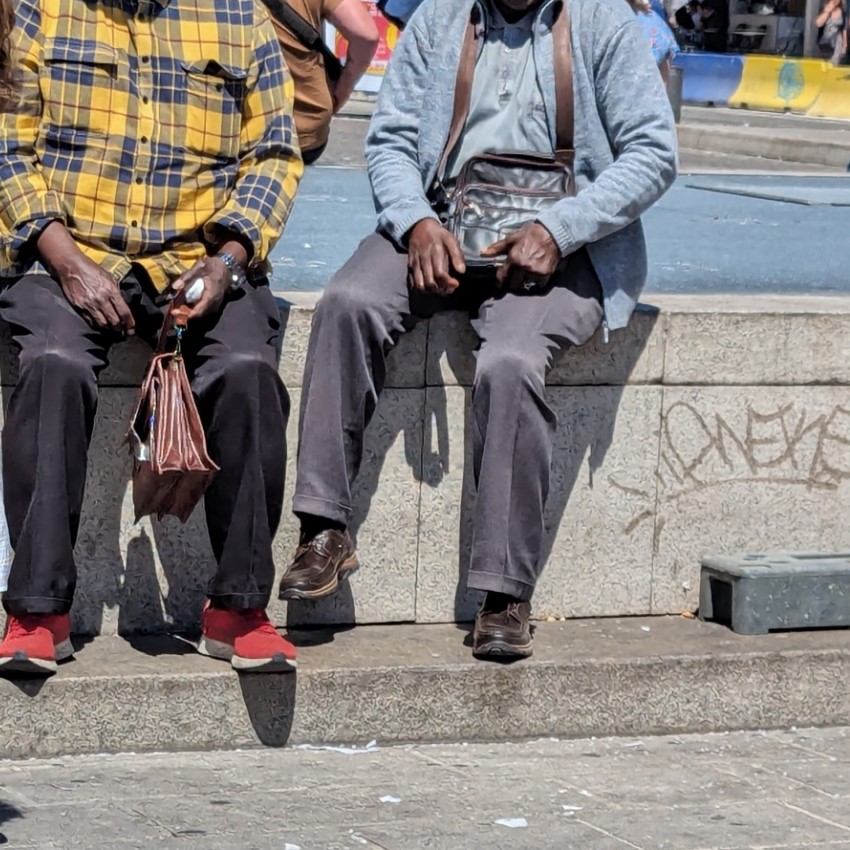
I don’t think we’re in any danger. There’s plenty of croissants to go around. But if the pigeons ever learn to disguise the color of their feet, who knows what they will do next? Run for president?

